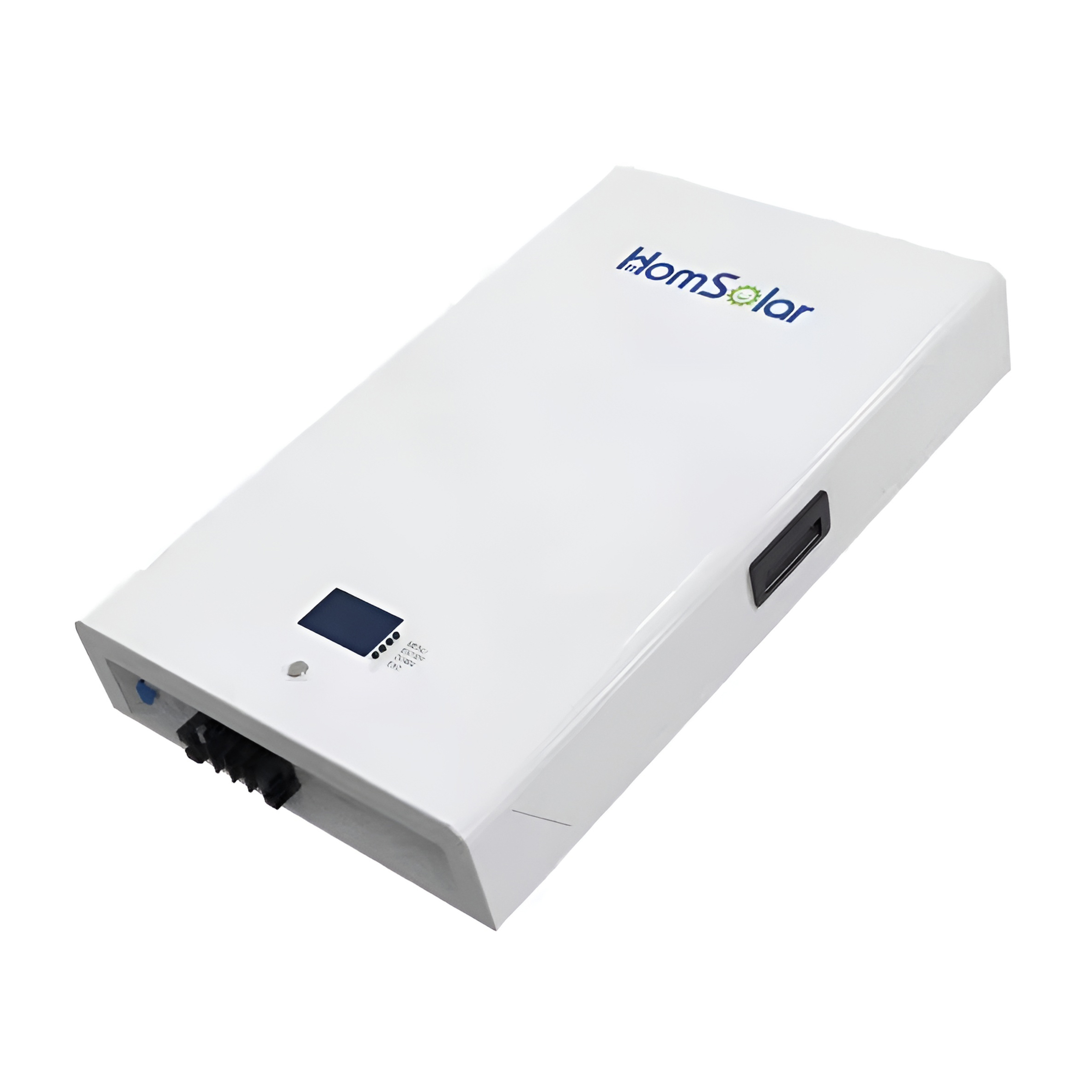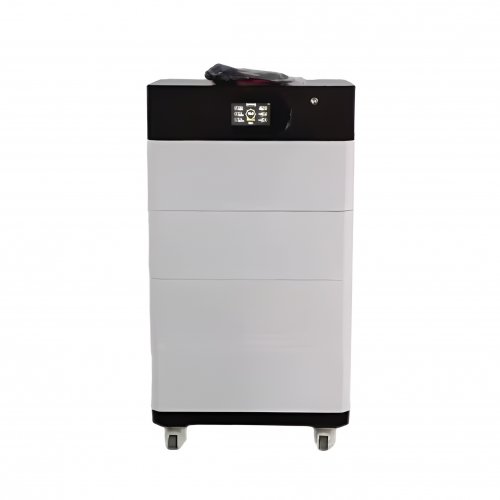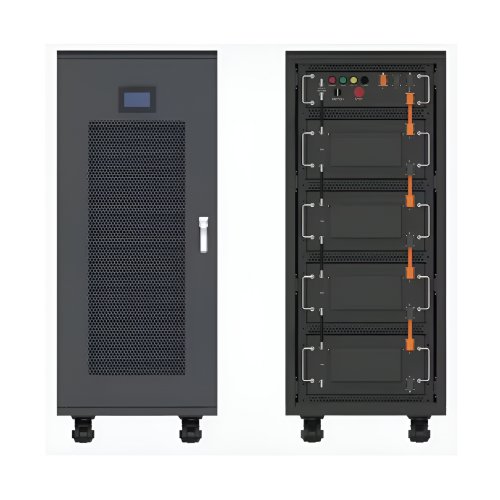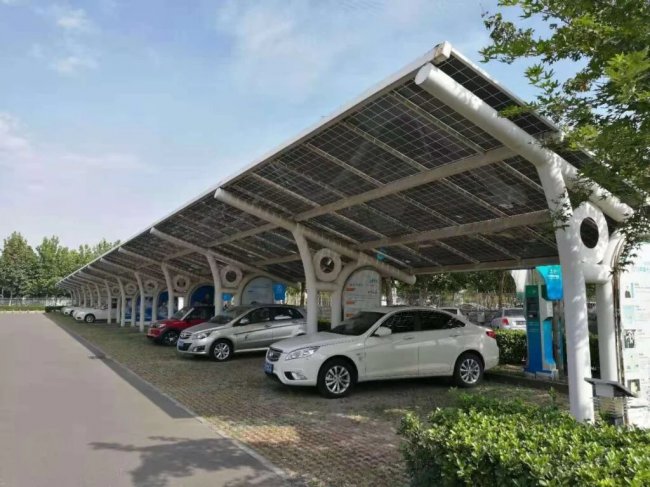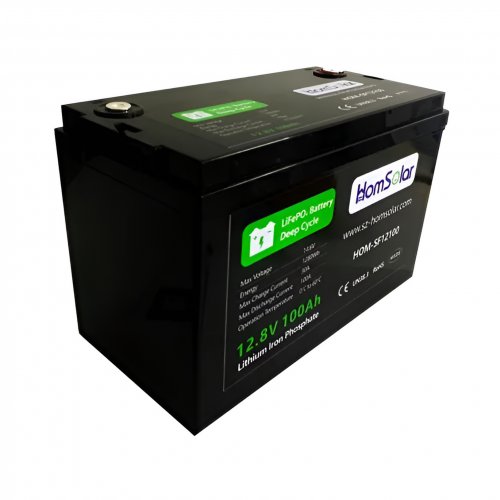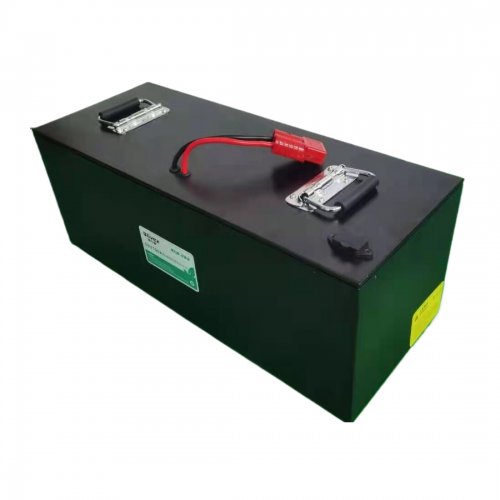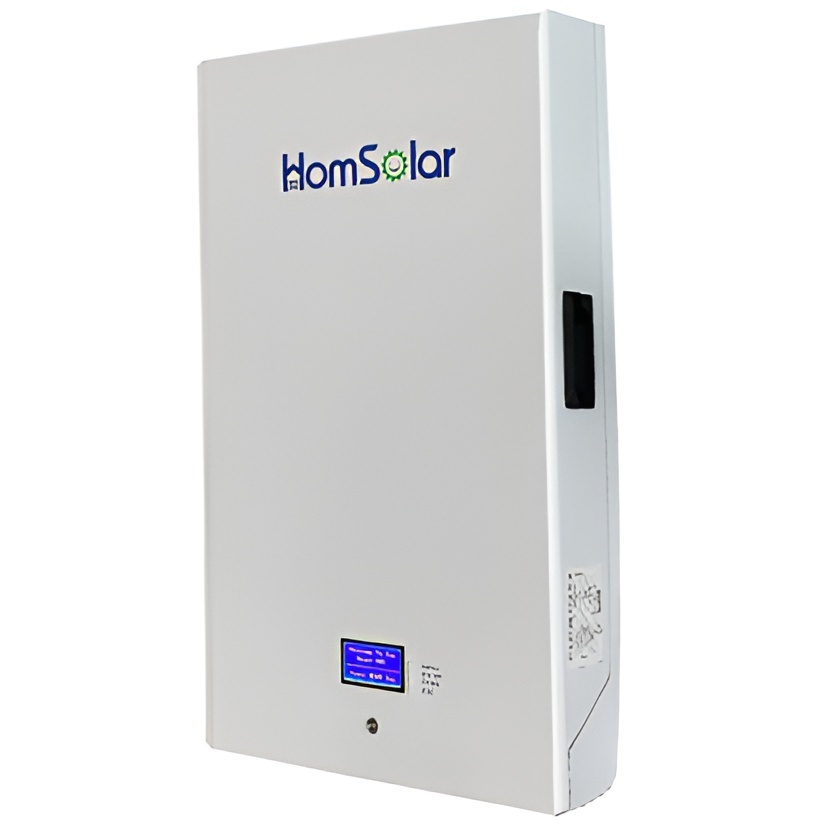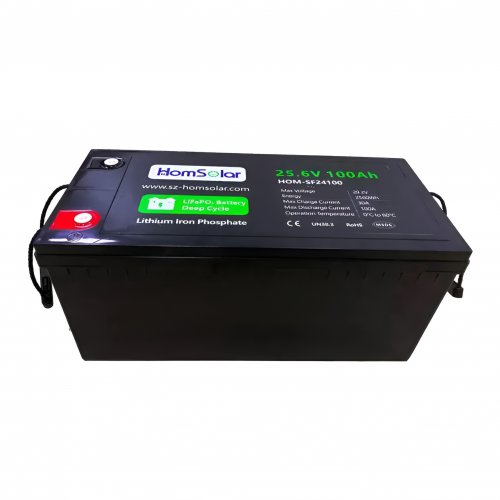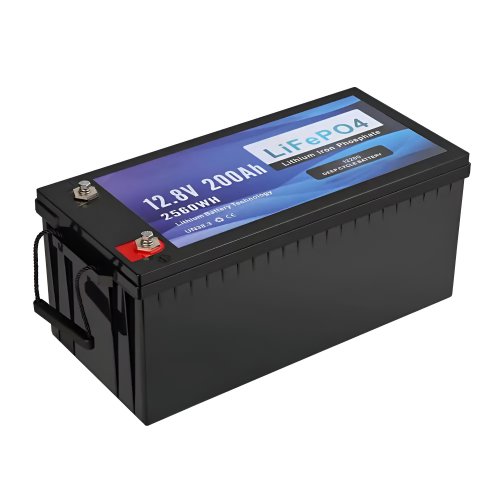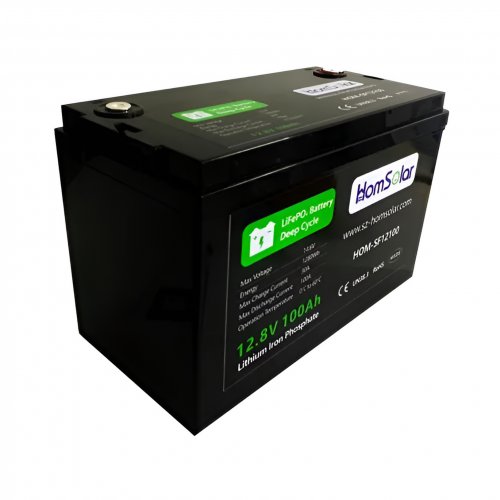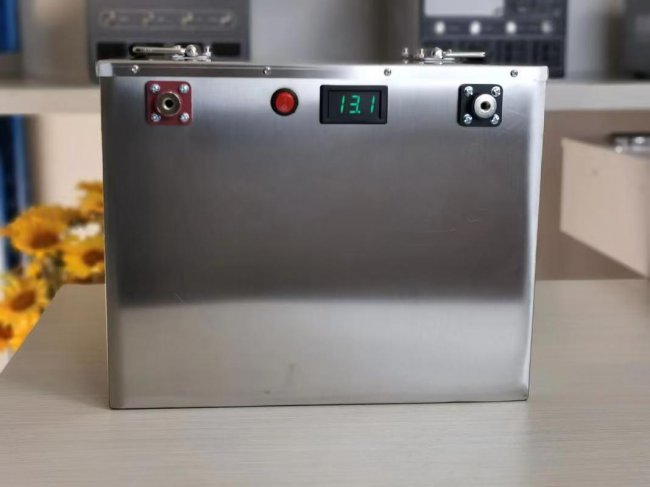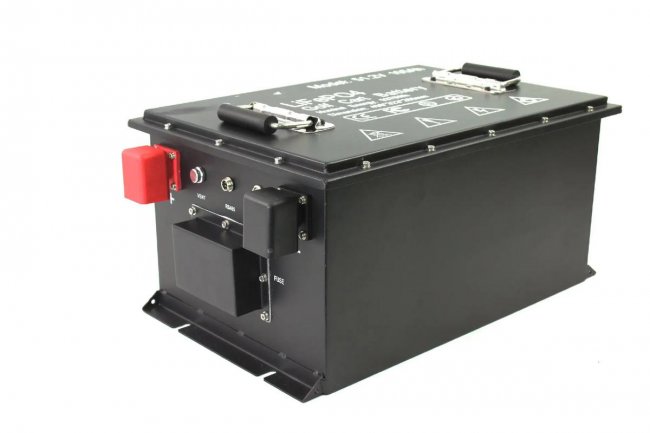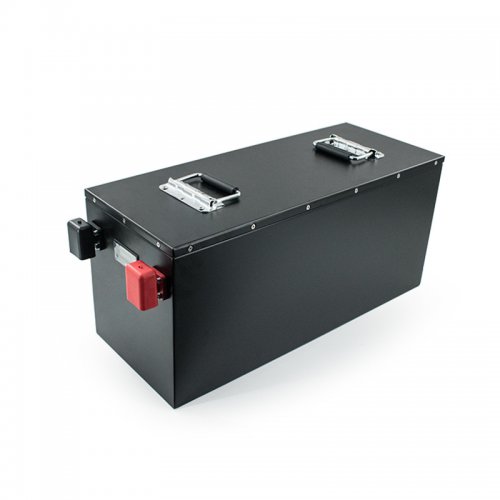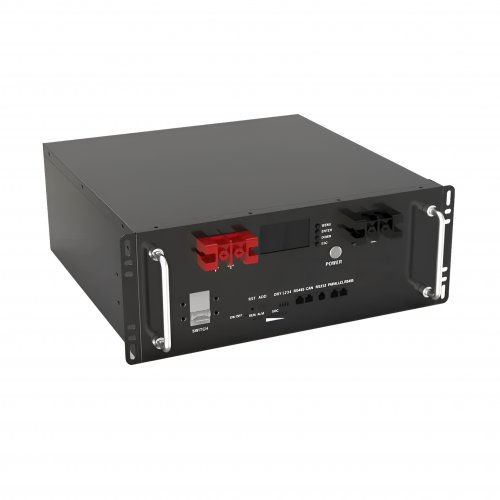Best practices for PV-powered heat pump design
An international research team has conducted an extensive review of the models used to define the best practices for designing and simulating different configurations of PV-powered heat pump (HP) systems and has identified key performance indicators for electricity generation and total life cycle costs.
“PV-powered heat pumps are complex systems that involve similarly complex models to simulate accurately,” the scientists emphasized. “Most solar-powered HP systems have intricate designs and working principles tailored to use in certain environments or structures. Therefore, depending on boundary conditions and characteristic parameters, their corresponding performance varies accordingly.”
The research work investigates, in particular, all modeling of PV-driven HPs in different countries, the software types used for the modeling and validation of the systems and their control strategies, as well as the best practice method details along with the economic and policy implications of replacing propane heating with heat pumps.
“Many studies have been coming out showing PV-powered heat pumps are economic, but many often fail to capture all the value and communicate it in a clear way,” the research's lead author, Joshua Pearce, told pv magazine. “This paper aimed to identify the best practices for prosumer PV powered heat pumps. We reviewed all the recent studies in the field and provided a detailed analysis on one example from Michigan. We showed how to choose a model and set boundary conditions for a fuel-switching study away from fossil fuel heating towards heat pumps supported by PV.”
The paper also offers a series of tools to implement techno-economic analysis of heat pumps powered with PV. It describes models and boundary conditions for each component of the system, as well as alternatives and motivations for not using them, depending on the system typology.
The proposed method combines five disparate models across multiple computer programs into a single analysis tool that reportedly produces accurate critical metrics for technical, economic, and climate impact analysis.
“Microsoft Excel was used but could have been processed in LibreOffice Calc,” the academics specified. The aim of this review is not to highlight or recommend any specific model or tool, and instead several models for each component within the overall building model are discussed. As the previous review shows, there are several software tools that could perform the simulations altogether, namely TRNSYS, Polysun, EnergyPlus, or IDA ICE.”
The scientists concluded that PV-powered heat pumps already offer clear economic and environmental benefits, which could be further enhanced by both electric and thermal energy storage. The main barrier to their adoption, however, remains the high upfront costs.
According to the team, open-source simulation tools like SAM, EnergyPlus and OCHRE could enable widespread access to high-quality simulations to help prosumers and policymakers make informed decisions.
“Secondly, to ensure that these future models are accurate as much as possible, research funders and governments should incentivize open data and sharing to ease validation of future models and provide robust trusted simulation environments,” they concluded. “In addition, open hardware development of the various components of the system could further reduce capital costs and help accelerate the necessary scaling for the technology to reach its full potential.”
Their work was presented in the study “,” published in Energy and Buildings. The research group comprised academics from Canada's Western University and the KTH Royal Institute of Technology in Sweden.
Customized/OEM/ODM Service
HomSolar Supports Lifepo4 battery pack customization/OEM/ODM service, welcome to contact us and tell us your needs.


HomSolar: Your One-stop LiFePO4 Battery Pack & ESS Solution Manufacturer
Our line of LiFePO4 (LFP) batteries offer a solution to demanding applications that require a lighter weight, longer life, and higher capacity battery. Features include advanced battery management systems (BMS), Bluetooth® communication and active intelligent monitoring.

Customised Lithium Iron Phosphate Battery Casing
ABS plastic housing, aluminium housing, stainless steel housing and iron housing are available, and can also be designed and customised according to your needs.

HomSolar Smart BMS
Intelligent Battery Management System for HomSolar Energy Storage System. Bluetooth, temperature sensor, LCD display, CAN interface, UART interface also available.


Terminals & Plugs Can Be Customized
A wide range of terminals and plugs can be customised to suit the application needs of your battery products.

Well-designed Solutions for Energy Storage Systems
We will design the perfect energy storage system solution according to your needs, so that you can easily solve the specific industry applications of battery products.



About Our Battery Cells
Our energy storage system products use brand new grade A LiFePO4 cells with a battery lifespan of more than 4,000 charge/discharge cycles.



Applications in Different Industries
We supply customized & OEM battery pack, assemble cells with wiring, fuse and plastic cover, all the cell wires connected to PCB plug or built BMS.
Applications: E-bike, Electric Scooter, Golf Carts, RV, Electric Wheelchair, Electric Tools, Robot Cleaner, Robot Sweeper, Solar Energy Storage System, Emergency Light, Solar Power Light, Medical Equipment, UPS Backup Power Supply.
We can provide you with customized services. We have the ability to provide a vertical supply chain, from single cells to pack/module and to a complete power solution with BMS, etc.


HomSolar (Shenzhen) Technology Co., Ltd







